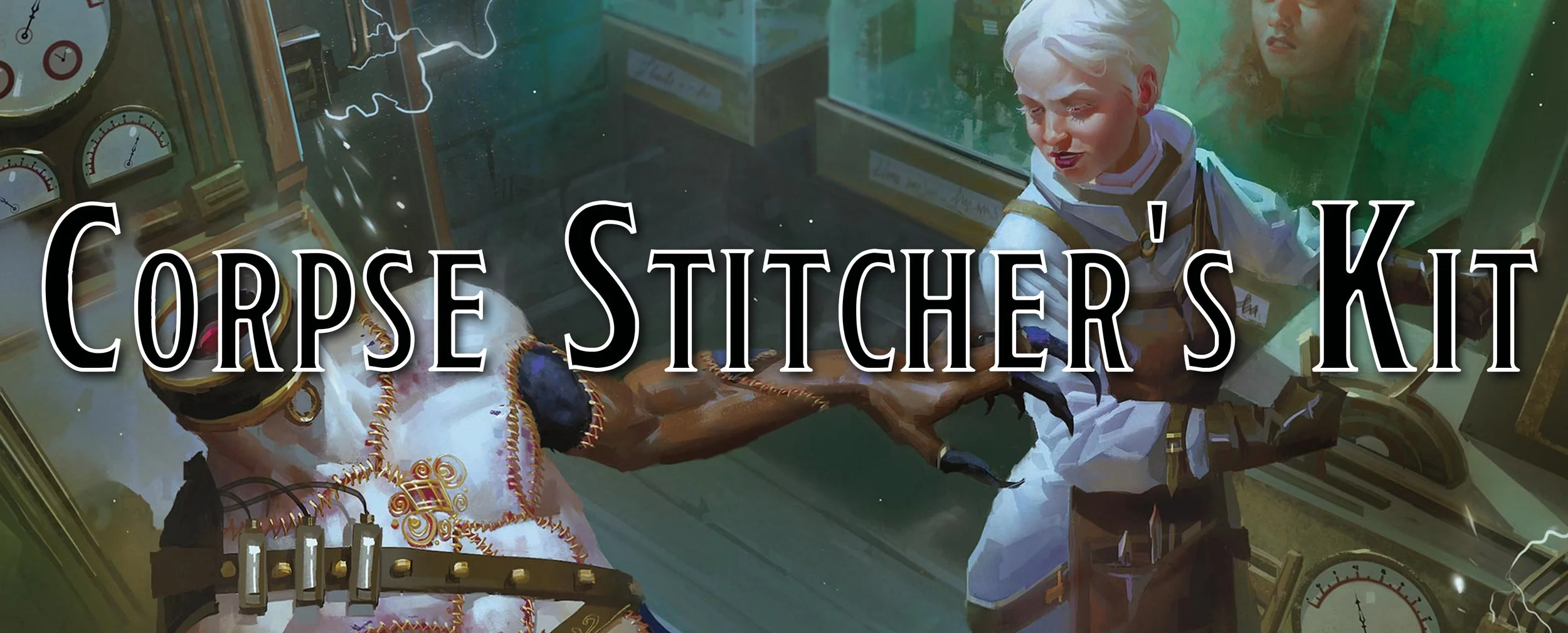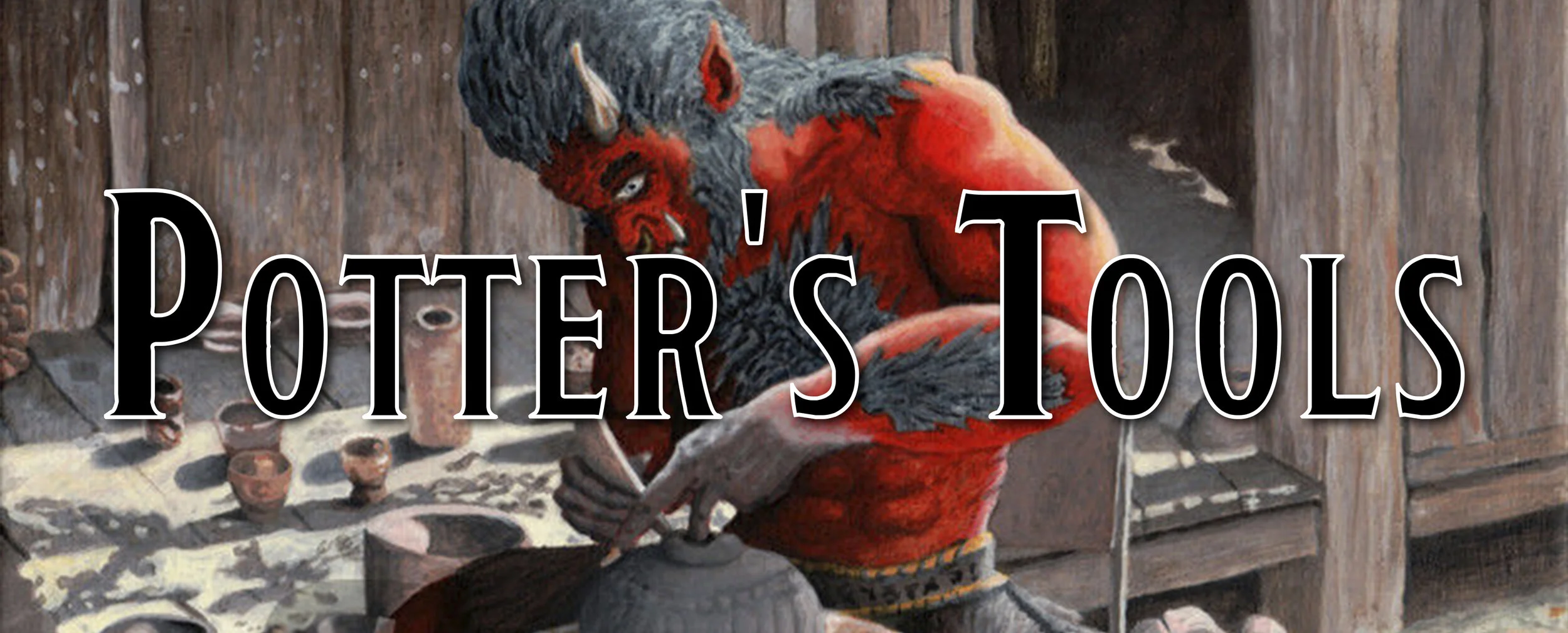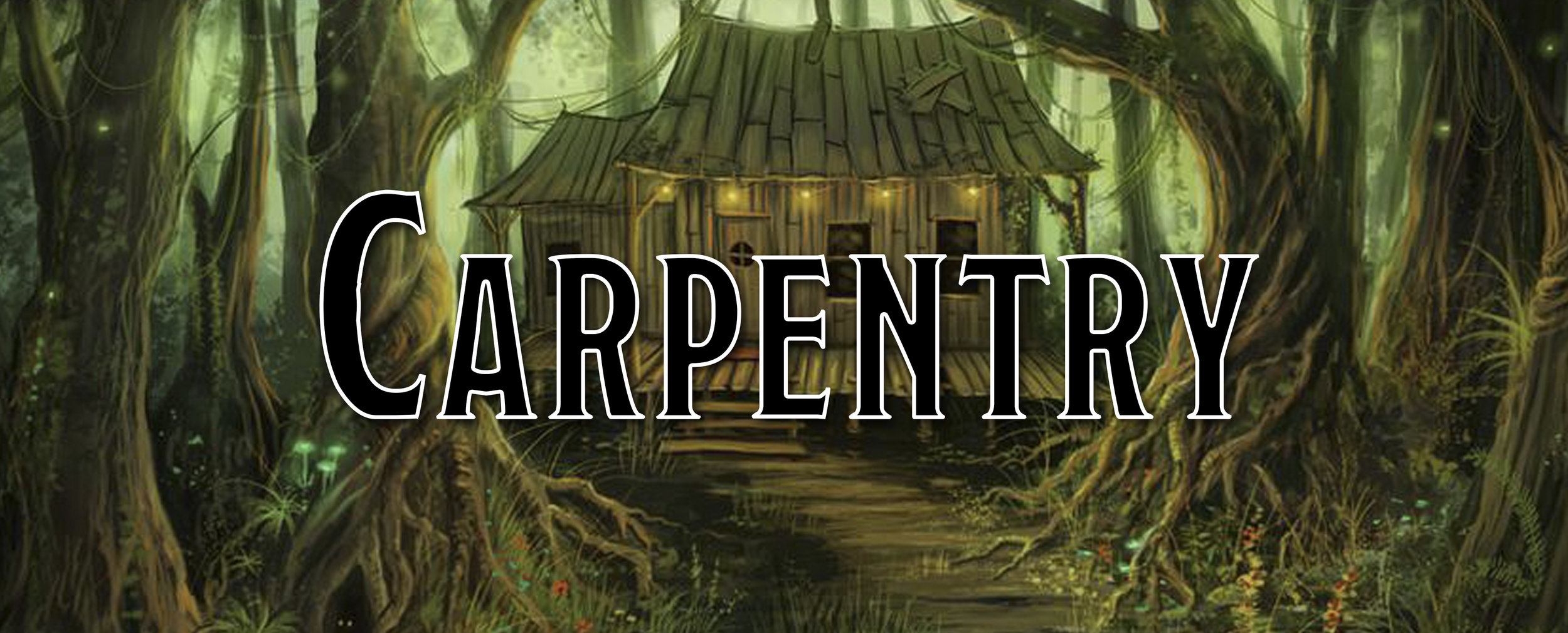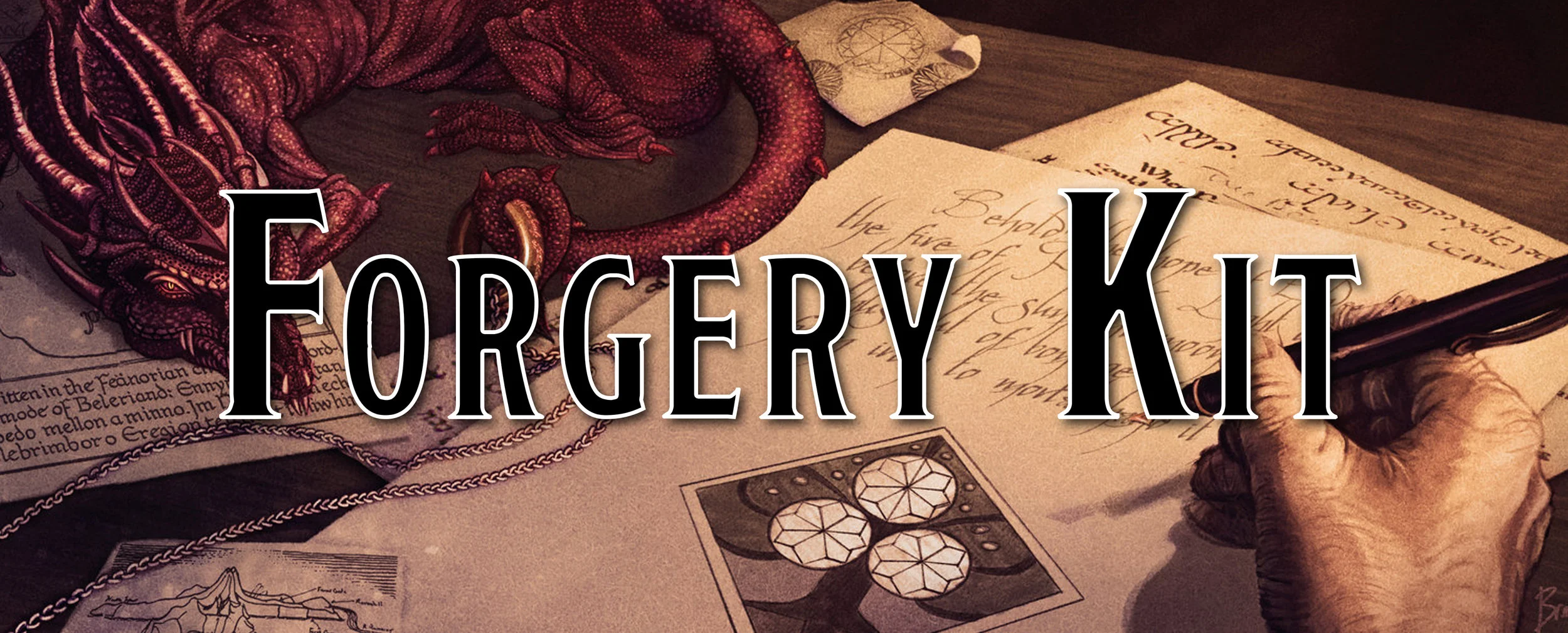More Tools for 5e: Tattoo Supplies
Tattoos have always been part of our culture and society with the earliest signs of tattoos stretching back to 3,300 BC on Ötzi, who was found frozen on the borders of Austria and Italy. We can probably assume that, while Ötzi was murdered, it probably had nothing to do with the fact he had tattoos. He probably wasn’t the first to have tattoos, as many of the tattoos were symbols used for healing purposes.
This is all to say, I have created a new tool for D&D 5th edition! If you haven’t figured out what it could be, cause you refuse to look at blog headlines and hate reading the first paragraph of whatever I write, well, it’s about tattoos. So I hope you are ready to get sick tats (is that still a colloquialism?) and maybe… throw a bit of magic on them.
For those that don’t care about the how of my tool:
For best results in GM Binder, use a Chrome Browser
Tattoo Supplies
Tattooing has been around for a while, and there are a variety of ways to do it. My supplies just include bone needles and some ink, so this style of tattooing is known as stick-and-poke tattooing, though there are several other ways to do it, like scarification or using a tattoo gun, which probably isn’t invented yet in your world. I just went with stick-and-poke as the assumed way of creating tattoos to make it easier, and it was a common method during the ambiguous medieval age that D&D straddles like a drunk cowboy trying to stay on their horse, which isn’t a criticism, I do it too.
But that’s really just flavor for the application. The DM could allow a wide variety of other techniques, and it’d be fine. The real mechanics of this system is the abstractness of it all, similar to our creation for Painter’s Supplies. For tattooing, we have two broad categories that tattoos are created under: Coverage & Complexity.
Coverage
This is how much of the body you are attempting to coat in ink. There are three options in this category: Small, Medium, and Large. If you have gotten a chance to read Tasha’s Cauldron of Everything (2020) then you probably already have a general idea as to where this is leading to.
Small applications are typically on the hands or feet, and can even be smaller than that. You must just tattoo a ring on a finger or put the letters “HOLD FAST” across your fingers as a sailor’s superstition. For magical tattoos, this is any tattoo that is of common rarity. These are typically the fastest tattoos to apply.
Medium applications are larger, taking a quarter of a limb to half of it, or maybe you never want to comb your hair again and tattoo a hairstyle on your scalp. For magical tattoos, this is any tattoo of uncommon or rare rarity. These tattoos require more time to create, and so you are now looking at several hours to create them.
Large applications are anything that takes up an entire arm, the chest, the back, the entire torso, or more! Maybe you want a full-body tattoo of a tiger leaping out of your ass, I’m not going to judge. For magical tattoos, this is anything that is of very rare or legendary rarity and is the slowest to apply.
Complexity
How complex you are trying to create a tattoo is next covered in this category. Those who want a highly detailed tattoo of the queen scowling out at the world are going to need far more time than someone who just wants a Nordic-esque rune for a giant. This category is broken down into Simple, Moderate, and Intricate.
Simple tattoos are often just lines or simple patterns using a single colored ink. They are fast to apply due to their simplicity.
Moderate tattoos require greater thought and planning, but won’t really test an artist’s skill. They might include multiple colors, some patterning with strange shapes, or be in a very fancy script like the word for Soup written in Elven so it’s fancy.
Intricate tattoos are the most complex of their kind and require hours of planning and work. These applications might take weeks, or be done in small segments over a year. They could be a highly detailed portrait of your favorite monarch, you, or of a fearsome tiger or dragon.
Combining
Now that you are ready to make a tattoo, you need to first decide on the Coverage and the Complexity of the tattoo using the guidelines above. Once you and the DM are happy with the categories chosen, that informs how long and what the DC for the check is going to be.
Each category’s sections, like Coverage’s Heavy application, require different amounts of time to complete, but each only has half the required time. You must combine the time required for each category, and that informs you of how long it will take to apply your opus, that of a kitty dozing in the sun on someone’s shoulder.
With that opus in mind, we can determine how long it’ll take. A shoulder is a small coverage, taking up only a quarter of a limb. A kitty is going to be of moderate complexity as we aren’t going to highlight each individual hair. The coverage will take at least 30 minutes, and the kitty will take 8 hours. We then round that up to 9 hours, and we have how long it is going to take us.
We then have to determine the DC of this check, which is also based on the Coverage and Complexity. We start at a base DC of 8, then add in the modifiers for how difficult our tattooing is going to be. Light coverage increases the DC by +1 to a 9, while a moderate complexity will increase the DC by +3 to a total of 12.
The DC to create the tattoo is 12, it will take 9 hours to create. Now that we know the length and difficulty of the challenge, we can begin! For every 8 hours of work, we must make a Dexterity (Tattoo Supplies) check, if we beat the DC, we make progress on the tattoo. If we fail, we don’t permanently fuck up the subject’s shoulder, but we hit a roadblock and don’t make any progress for the past 8 hours of work, meaning we have to try again in the future.
Once we succeed on the check two times, since it takes 9 hours to complete, we then complete the tattoo and gaze in amazement at its cuteness! Our magnum opus is complete! Now to begin working on the barbarian’s ass tattoo of an owlbear.
Magic Tattoos
But that’s not all! What if we wanted to throw a bit of magic on the tattoo and give it some awesomeness? Well, at the end of the document, I provide a few ways that you can imbue some light magic into a tattoo, giving it a bit more personality and fun, though it requires someone able to cast spells to be there while you are working on the tattoo and casting a certain level spell slot once per every 8 hours of work. This way, while your tattoos aren’t as powerful as the ones in Tasha’s, you can still show off your magical talent and create weird tattoos that probably could’ve developed in a magical world.
Cleaning Up
You might have noticed that there is no horrible fail state on creating a tattoo. The idea that you fail a DC, and now someone is cursed with a horrible tattoo seems a bit too extreme, but maybe your table would like that. Rough rules I have in my head for it is that a tattoo artist can fail to create a single tattoo a number of times equal to their proficiency bonus. Every time they fail, they tick down, and once they fail a number of times that exceed their bonus, the tattoo is ruined, and all they can do is try and cover it up with a new tattoo in the future. Hope that helps those looking for a bit more consequence in their tattoo application.
If you have any ideas for Tattoo Effects, I’d love to hear them, or even just your thoughts on this tool and whether you are likely to use it.
If you want a printer-friendly PDF of this tool or any other tool, consider supporting us at the $1 tier on our Patreon! All tools that I’ve created or will create in the future will be uploaded to our Patreon in printer-friendly versions. We appreciate any and all support!
Like what we are doing here?
Support us on Patreon!
You’ll get early access to deep dives, our Homebrew Hoard, Monster Thursdays, and more!
Art Credit: Tasha’s Cauldron of Everything by Wizards of the Coast

































